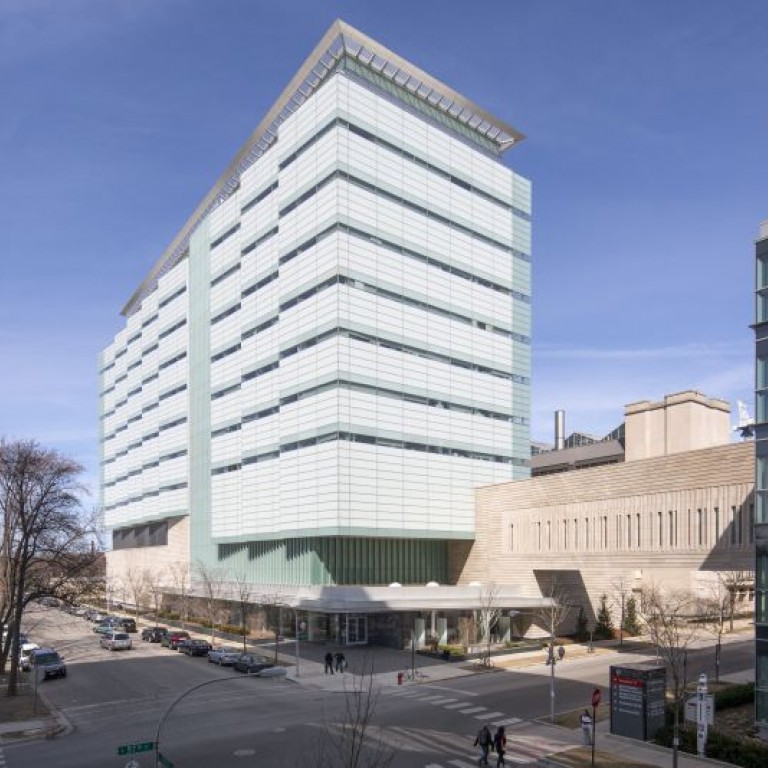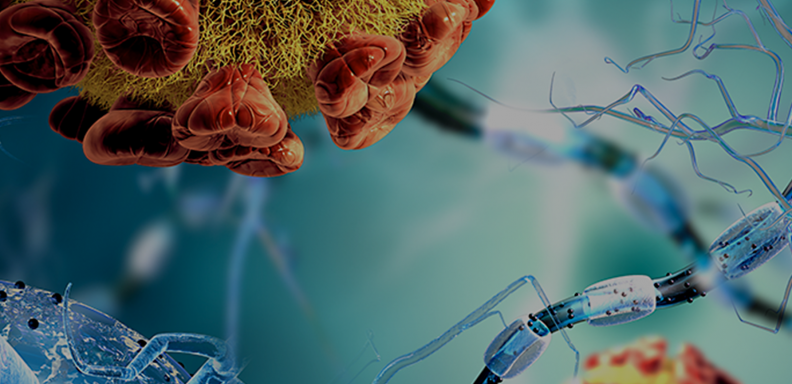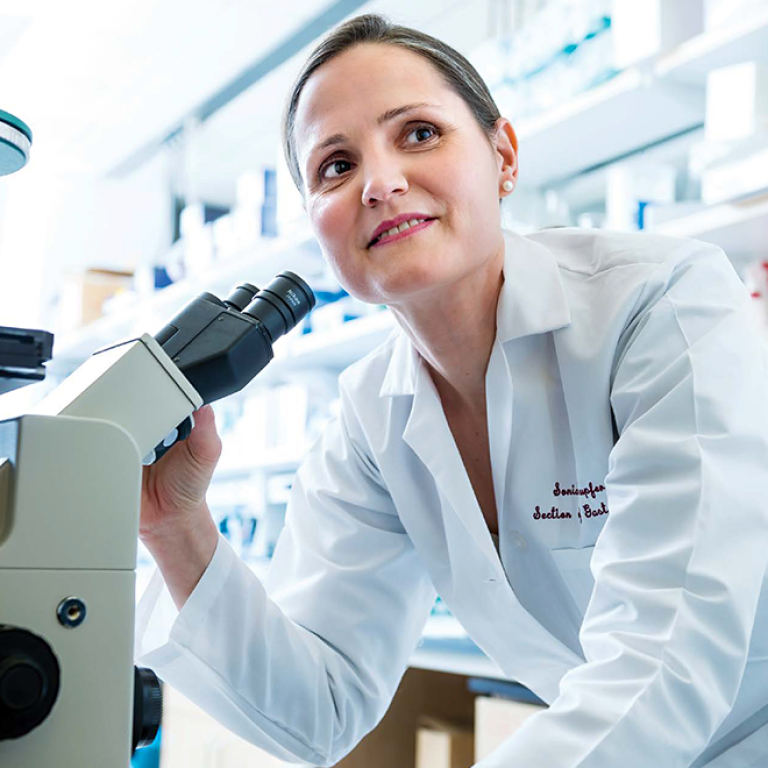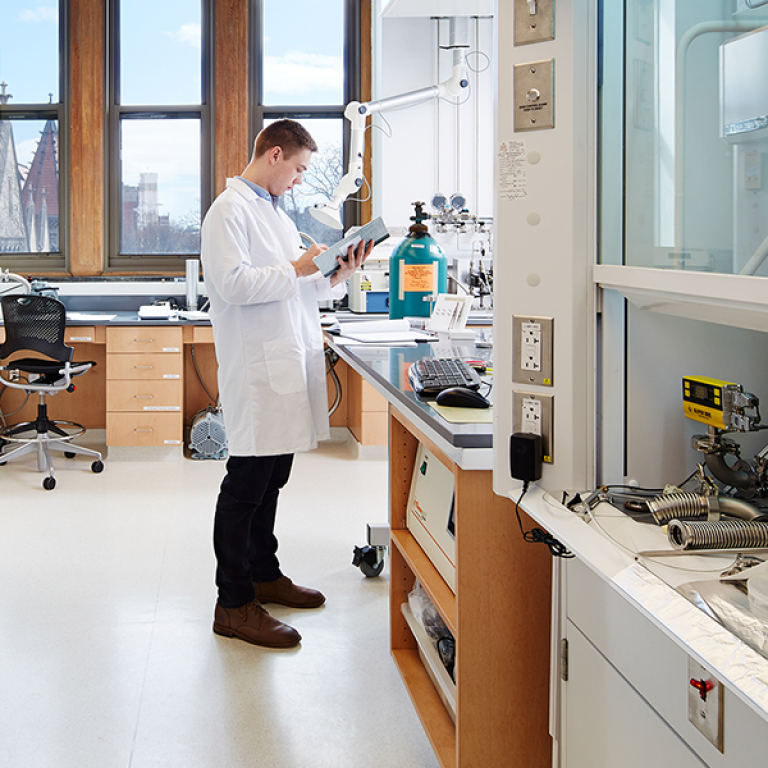When she arrived in Beijing as a new university student, Yu-Ying He, PhD, was struck by the contrast to the rural area where she grew up — and especially the amount of pollution in the air, a major issue during that time.
“It constantly made me think about how different environments can lead to differences in our health, even when we’re working with a very similar genome,” she said. “It made me wonder how the biology works when we’re exposed to certain chemicals or radiation or even biological factors, like a virus. These things can put an imprint on our bodies, but we don’t always know what the long-term effects will be.”
These questions drove He to pursue her PhD in chemistry, seeking to understand how differences in the air and water of different environments and radiation can affect change at the molecular level.
“Of course, a lot of toxins are chemicals,” she said, “So that gives me some advantage when looking into biochemical interactions and working to improve our understanding of environmental health in a broader sense.”
Now, as a Professor of Medicine at the University of Chicago, He investigates how environmental exposures to toxins can trigger changes in a cell’s epitranscriptome, rendering it more vulnerable to cancer. While some may be familiar with the epigenome, which encompasses the modifications that influence how DNA is transcribed, the epitranscriptome is a map of the modifications made to the RNA within a cell, which can affect how and which proteins are produced.
Unlike the genome, which is fixed from conception, an individual’s epigenome and epitranscriptome is changeable throughout the lifetime, and can directly and dramatically impact how and when genes are expressed.
“Many researchers study epigenetics in isolated contexts, and under specific conditions,” said He. “Our lab is interested in understanding how our body interacts with its environment, and how those toxic exposures can cause the body to develop either pathogenic or adaptive or protective responses. Understanding the epitranscriptomic basis of those responses might allow us to treat or prevent disease in the long term.”
He was recently awarded a prestigious Revolutionizing Innovative, Visionary Environmental Health Research (RIVER) grant by the National Institute of Environmental Health Sciences. The grant will provide $9.84M over eight years to allow her team to dig into the molecular mechanisms by which environmental exposures affect the epitranscriptome and contribute to disease. To start, they will examine how exposure to UVB radiation and arsenic affect how RNA methylation contributes to tumorigenesis in cancer.
“We want to look directly at the interactions between the environment and the epitranscriptome,” He said. “This hasn’t been studied before, but it has so many implications for development, physiology, and in diseases. How does our environment affect the ways genes are transcribed? How does the environment put its imprint on our RNA?”
She plans to test the overarching hypothesis that environmental exposures lead to dysregulation of the machinery that controls RNA metabolism and gene expression, leading to the development of cancerous tumors. Picking apart how the cell’s machinery is negatively affected by toxic exposures may present opportunities to intervene, thereby preventing tumor growth.
“The study of the epitranscriptome is so new, and it has such a broad impact on our gene expression, especially when our cells are stressed,” said He. “Really understanding the mechanism of how they interact with disease-causing exposures can give us critical druggable targets so we can explore different avenues of treatments. Most diseases are preventable, as long as we know how they’re caused and how to target or prevent those causes.”
Ultimately, she hopes that her work can contribute to a better understanding of the complicated factors that affect human health.
“Exposure is tricky because it’s not always straightforward life-and-death,” He said. “A lot of the time, it’s a matter of whether or not people are more at risk for asthma or allergies, or to some disease thirty years later. We’re starting to understand how important environment can be when it comes to disease risk, especially in cancer.”



